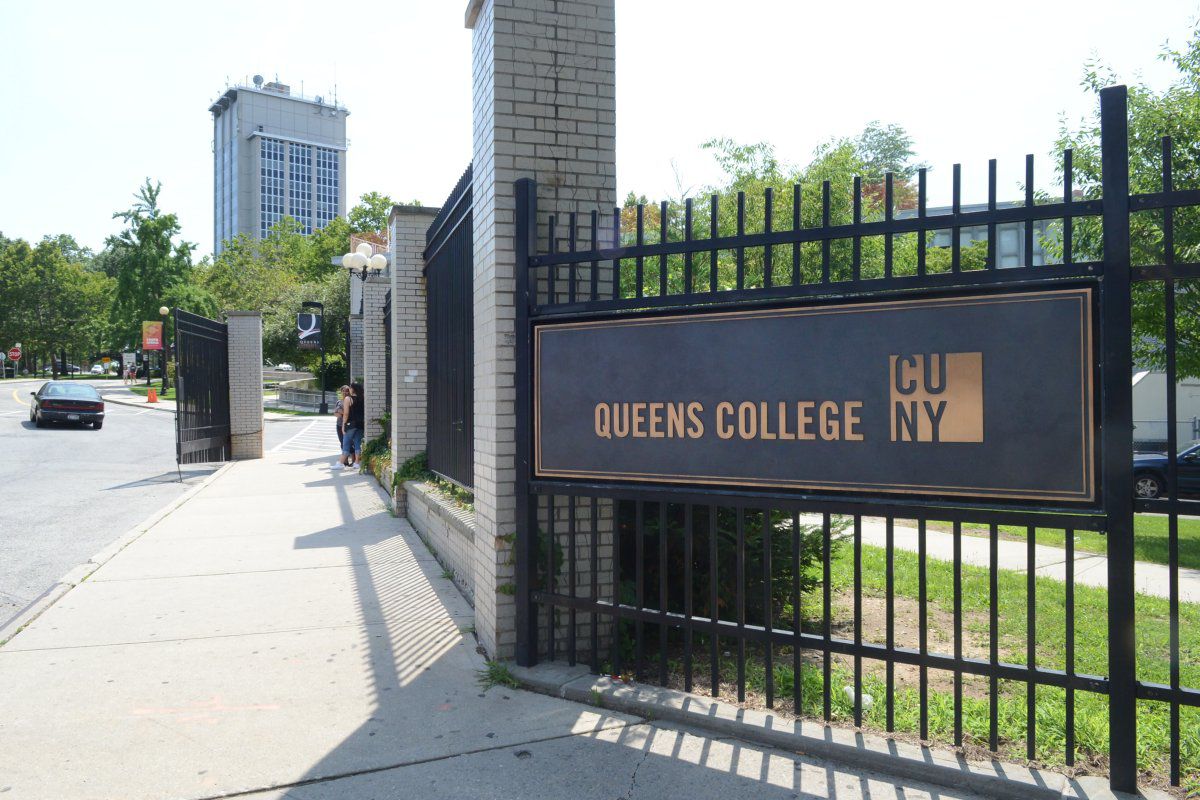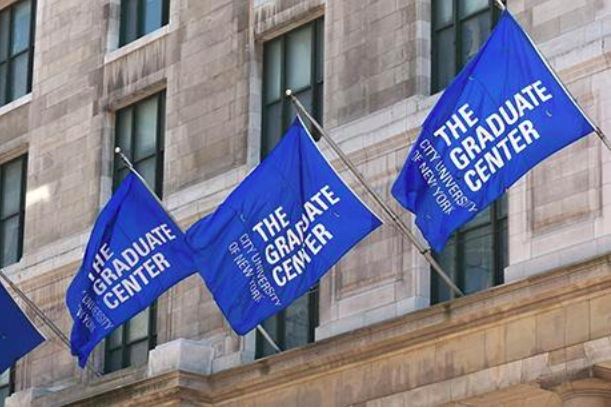A new kind of Rorschach test, the puzzling small black and white checkered boxes have recently caught the eyes of artists and audience alike.
These distorted images are displayed everywhere – from subway cars to billboards and magazine advertisements, adding a hint of mystery and a whole lot of intrigue to its seemingly obscure form.
Known as Quick Response codes, these puzzles are a fast and creative way to pass along large amounts of information and have gained popularity with the emergence of social media, according to social media intelligence provider NM Incite.
QR codes are different from barcodes because they are scanned both vertically and horizontally. When scanned by a smartphone application, the codes are able to deliver invitations, reveal directions to scavenger hunts and share company promotions with consumers.
In its 18-year history, QR codes have transitioned from being a product of the automobile industry designed to help with inventory, to serving a new purpose in contemporary and street art.
Famous street artists such as Banksy, Douglas Coupland and John Morse — who used the technology to visualize haikus — used QR codes, which enhanced their popularity significantly. Matt Greco, an art professor at Queens College, said the practice emerged in the 1950s when artists began using items from pop culture to “poke fun at the shallow and consumerist nature of the time.”
“This sort of gave artists license to use every day or mundane objects or symbols in their work,” Greco said. “Using barcodes or QR codes is just an extension of this assimilation of everyday life into art.”
Greco has used QR codes in his work, most recently in a series of posters that accompany an exhibition at the Queens Museum by artist and QC professor, Greg Sholette. Sholette asked some art theorists and critics to collaborate on the project with him and each collaborator had a poster designed that would showcase their involvement.
Greco placed a QR code on each poster, which held information on each artist: web address, blog address, as well as personal information. This allowed visitors to look through the exhibition freely, rather than having to write down the names and information of artists they were interested in.
“This is, I believe, one of the main draws for artists using QR codes in their work,” Greco said. “[It’s] the addition of mystery or an adventure; a kind of riddle that must be solved, albeit easily with a smartphone.”
Americans seem to be intrigued by the barcode. As of June 2011, 4 million people scanned them onto their smartphones, according to data collected by comScore MobiLens, an agency that studies consumer trends in the media market.
However, many are now turning ambivalent toward the matrix barcode. Another report issued by comScore stated that by July 2011, 82.2 million Americas owned smartphones but only 17 percent of smartphone users were scanning a QR code.
In May 2011, The Guardian set up a Tumblr page dedicated to the most absurd QR codes they had found after being “fascinated by their misuse.” Called “WTF QR CODES,” the codes appear in various advertisements.
“We started the blog with about a dozen of our own pictures and invited visitors to submit their pictures as well,” the article states. “That’s where we’ve gotten some of our best stuff…it’s obvious that most companies just don’t understand the technology and that’s a recipe for some very funny posts.”
Greco called on street artists Banksy and Scott Blake’s use of barcodes, including the QR codes in their work, as a symbolic response to a type of repression or subordination.
“Once two-dimensional barcodes hit the scene it was no surprise that artists, especially street artists, picked up the symbolism in their artwork. They address the way we function in a social-media heavy world,” Greco said. “It’s all about the quickness with which we can access information.”













